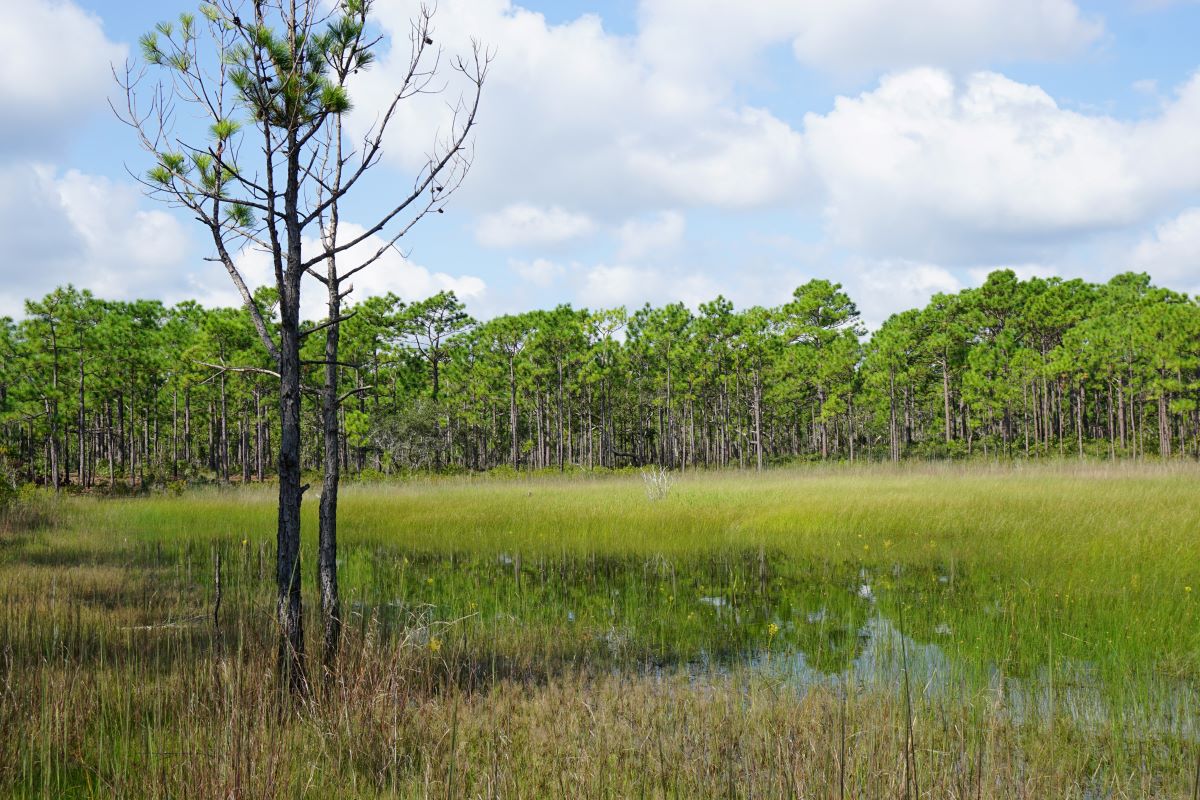
More than 20% of the world’s wetlands have vanished since 1970, according to a report by the Convention on Wetlands.
The loss of wetlands, including freshwater and coastal marine systems, may equate to a $39 trillion loss in economic benefits by 2050, according to the intergovernmental report released last week.
Supporter Spotlight
The Global Wetland Outlook 2025 is based on current publications and information of inland, coastal and marine wetlands and global databases. Wetlands evaluated in the report include seagrass, estuarine waters, salt marshes, mangroves, tidal flats, kelp forests, coral reefs, peatlands, inland marshes and swamps, and lakes, rivers and streams.
“Wetlands are vital to water and food security, and human well-being, so recognising the links between global biodiversity, climate, and water targets and wetland conservation and restoration is critical,” the report states.
The report measures the globe’s wetlands in hectares, a metric unit that is the equivalent to about 2½ acres, where one acre is defined as 100 square meters.
Since 1970, an estimated 177 million hectares of inland marshes and swamps have disappeared, according to the report. And, indications are that the ecological character of wetlands in most regions, including North America, continue to deteriorate.
Declines in wetlands in Latin America, the Caribbean, and Africa are “notable,” according to the report, “however, the extent of degradation also increased in Europe, North America, and Oceania,” which is the cluster of Pacific islands that includes Australia and New Zealand.
Supporter Spotlight
Agriculture and urbanization are the lead contributors to the disappearance and degradation of wetlands on a global scale.
“Agricultural activities remain the largest driver of global wetland loss through conversion to cropland along with other industrial activities, and have resulted in stressed global water resources,” according to the report.
Pollution, invasive species, and climate change-related extreme weather events, including floods, fires, drought, and sea level rise, are also negatively impacting wetlands.
“Wetlands are a high-value resource and an asset to society. When we degrade or destroy wetlands, we reduce the ecosystem services and benefits they provide to people,” the report states.
Annually, the 1,425 million hectares of remaining wetlands across the world give an estimated $7.98 trillion to $39.01 trillion to people, according to the report.
If the world’s remaining wetlands are effectively managed through the next 25 years, they will provide a net present value greater than $205.25 trillion over that time.
The report calls for annual investments of between $275 billion and $550 billion to reverse threats to the remaining wetlands.
The Convention on Wetlands is also known as the Ramsar Convention and is an international treaty focused on wetlands conservation.







